Wholesale Orders
All products on CosmeticPack have wholesale pricing and customization options available for orders over 5000 pieces.
For Wholesale orders, what you request does not have to be part of our catalog or website.
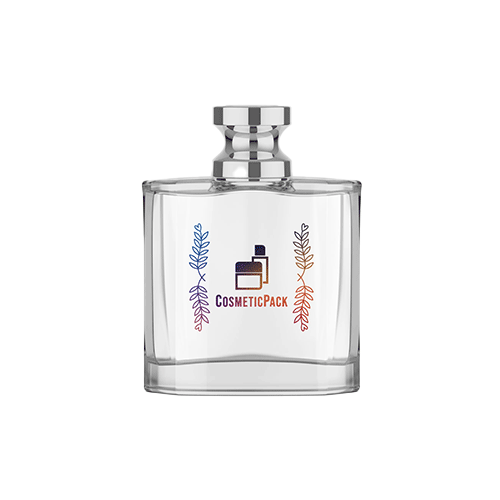
Printing onto your Product
In order to take your branding to the next level, you may want to consider printing custom brand information, logos, or designs onto your products.
CosmeticPack offers custom products made-to-order. After deciding a shape and design, we will decorate the glass at the time of production and deliver it directly to you.
Coating your Product
You can coat your products in a variety of ways, and we're here to help. Here are the top 5 ways clients coat their glass products:
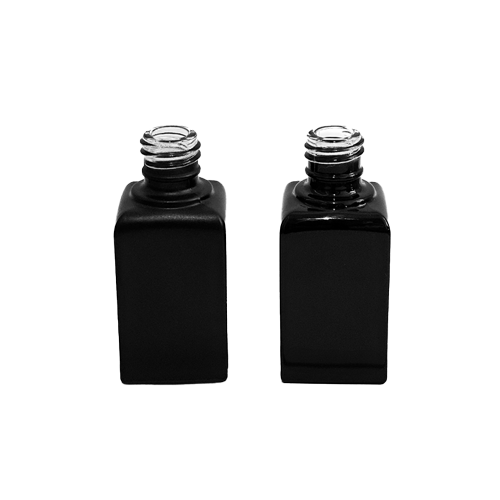
Matte or Gloss Coating
Opaque Matte Coating involves applying a solid, non-transparent layer to the glass, resulting in a smooth, non-reflective surface. Unlike the shiny, reflective finish of an opaque gloss coating, the matte finish offers a subdued, elegant look that feels more modern and understated. This method enhances brand differentiation by providing a sophisticated, contemporary appearance that allows vibrant, solid colors and intricate designs to stand out without the shine.
In contrast, Opaque Gloss Coating involves applying a solid, non-transparent layer to the glass, resulting in a shiny, reflective surface. This method is ideal for creating a high-end, luxurious appearance that catches the eye. It enhances brand differentiation by allowing vibrant, solid colors and intricate designs to stand out.
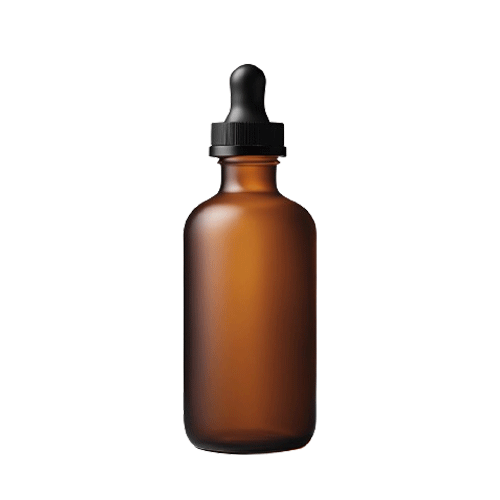
Frosted
Frost coating involves applying a translucent layer to the glass, creating a 'frosted' look. This method is favored for its simplicity. It diffuses light gently, giving a soft, matte-like texture that feels smooth to the touch. Frost coating is popular for products where hiding the contents of the container is ideal.
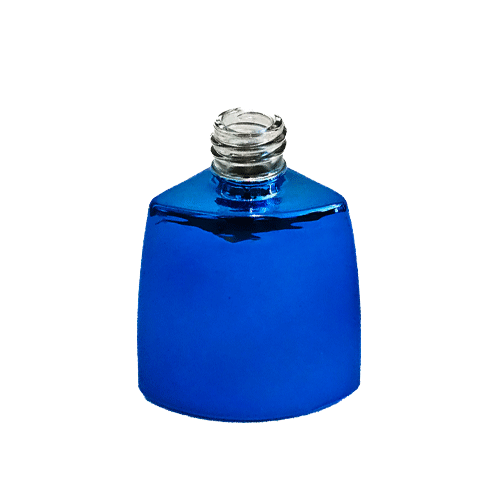
Metallic
Metallic coating involves applying a layer of metallic finish to the glass, giving it a shiny, reflective, and metallic appearance. The metallic finish helps products stand out on shelves, making it ideal for high-end and specialty items. Additionally, metallic coatings can be used to create unique visual effects and color variations, enhancing brand differentiation.
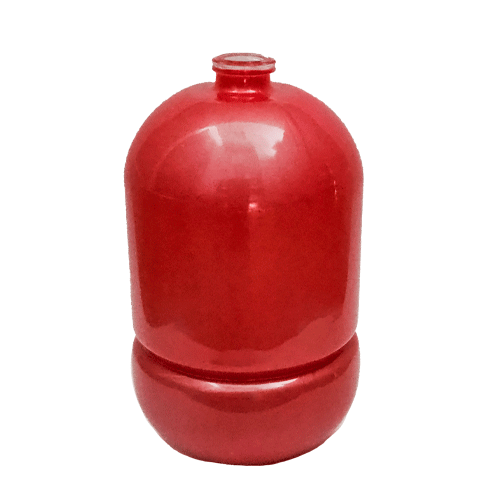
Pearl Finish
A pearl finish involves applying a special coating to the glass. It gives the glass a subtle shimmer and a soft glow. The pearl finish enhances aesthetic appeal and adds a touch of luxury, making products stand out with a unique visual effect. It is ideal for products aimed purely at high-end markets.
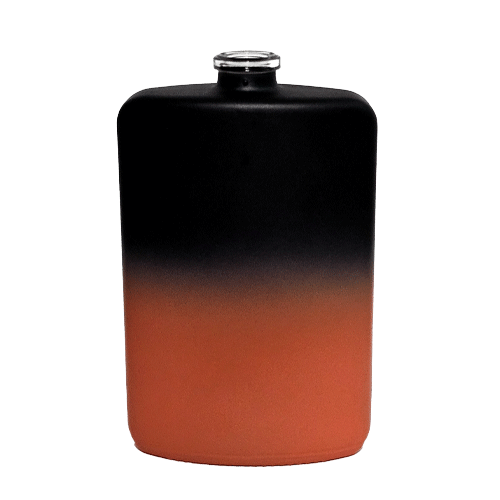
Two Tone Gradation
Two-tone gradation involves blending two different colors seamlessly on the glass, creating a smooth transition from one color to another. This method offers a striking visual effect that enhances aesthetic appeal and captures attention with its dynamic and vibrant look. The gradation can highlight the contours of the bottle, adding depth and dimension to the design. This method helps create a modern and stylish appearance.
